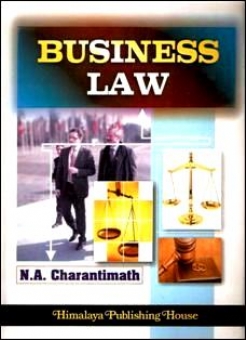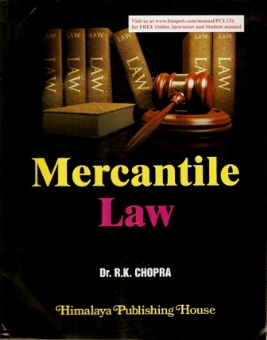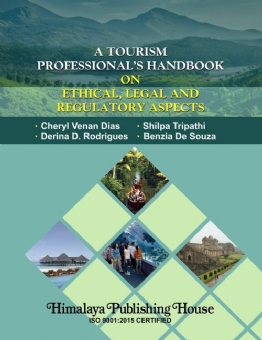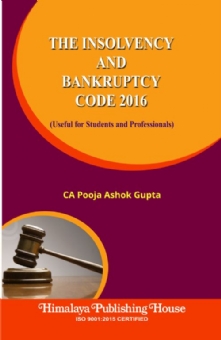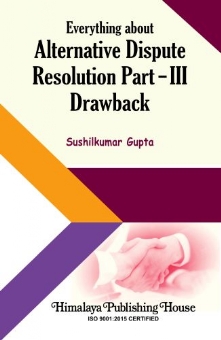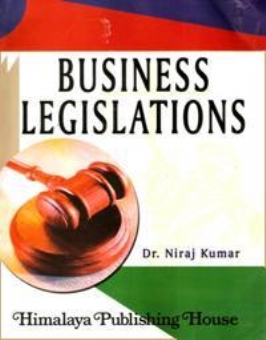Buy Academic Books Online in India | Second-Hand Academic Books
Featured Products
A Tourism Professional's Hand Book on Ethical, Legal & Regulatory Aspects
₹370.14
M.R.P.:₹ 398.00
You Save: ₹27.86 (7.00% OFF)
Everything about alternative Dispute Resolution Part -I- Introduction
₹157.50
M.R.P.:₹ 175.00
You Save: ₹17.50 (10.00% OFF)
Everything about alternative Dispute Resolution Part -II- Procedure
₹171.00
M.R.P.:₹ 190.00
You Save: ₹19.00 (10.00% OFF)
Everything about alternative Dispute Resolution Part -III- Drawback
₹302.25
M.R.P.:₹ 325.00
You Save: ₹22.75 (7.00% OFF)



